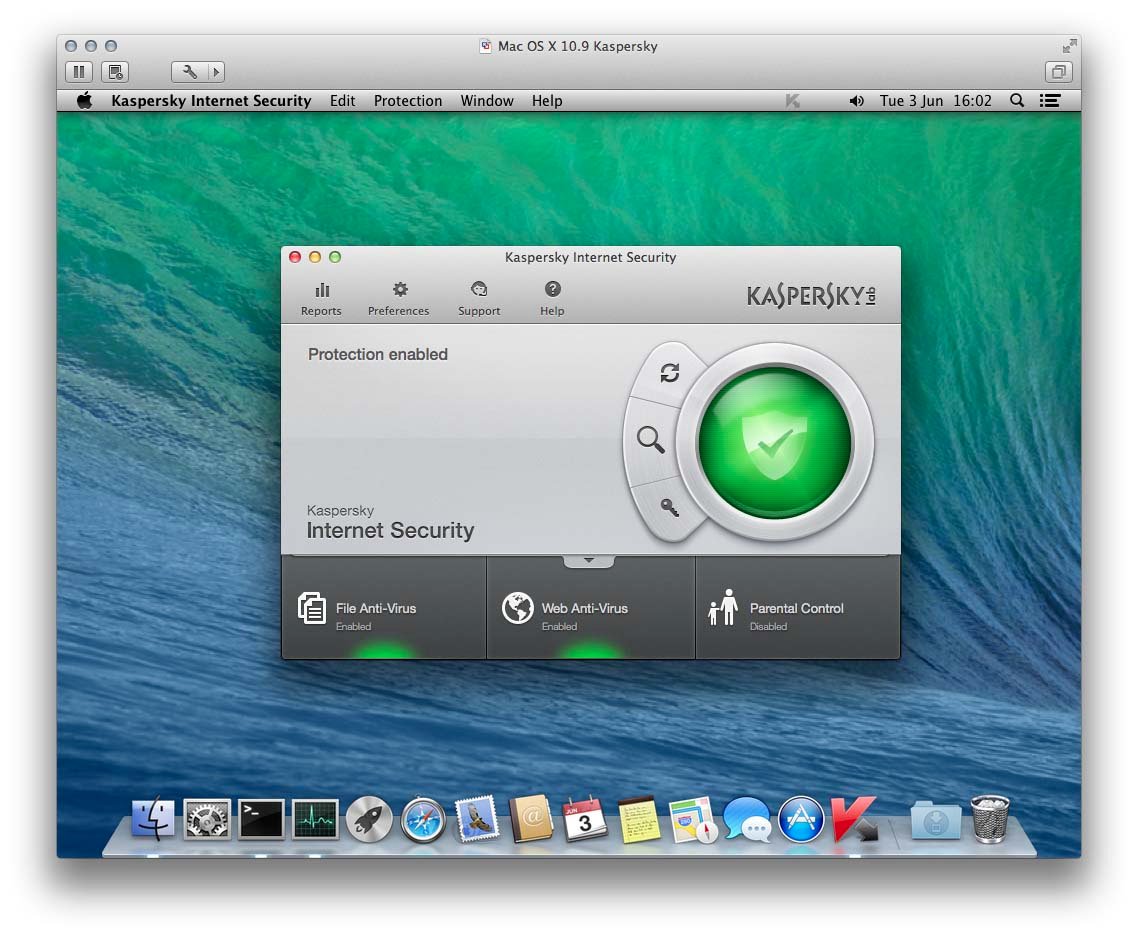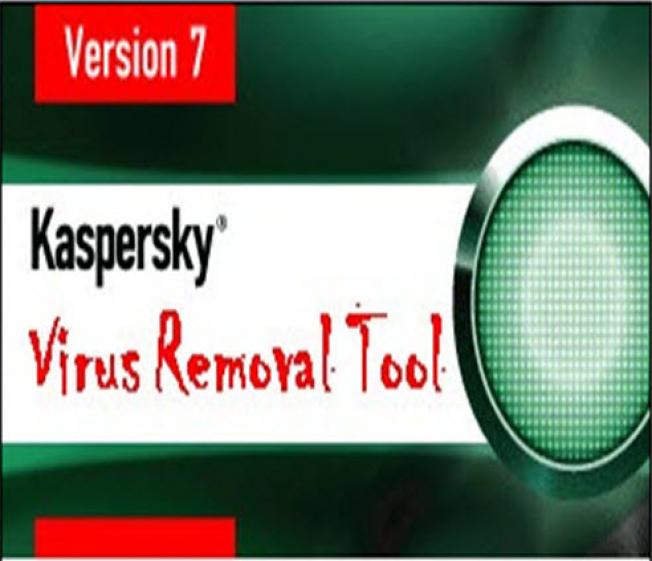

- Kaspersky root virus removal tool how to#
- Kaspersky root virus removal tool install#
- Kaspersky root virus removal tool serial#
- Kaspersky root virus removal tool windows 10#
- Kaspersky root virus removal tool software#
Happily, you can go to an online forum and get an expert to analyse the problem and walk you through the removal process. Some virus infestations are particularly hard to remove. Safe Mode loads a minimal set of programs and drivers, which makes malware somewhat easier to spot.ģ. If an antivirus program finds some malware, restart your PC, run it again and it may find more.Īnd while it’s useful to run antivirus programs in standard mode, you must run some scans after restarting your PC in Safe Mode with Networking. Checking every file for every known virus could take hours, and some malware can hide other malware. No single scan will always find everything.

Malwarebytes’ (formerly Xplode’s) AdwCleaner targets PUPs (potentially unwanted programs) that some antivirus products leave alone.Ģ. Kaspersky’s Virus Removal Tool could be worth a go. Malwarebytes Anti-Malware and Spybot Free Edition (formerly Spybot Search & Destroy) have often found things other programs have missed.
Kaspersky root virus removal tool install#
It’s a bad idea to install more than one antivirus program, but you can run one-off scans with as many as you like. Try two or – if one of them is Windows Defender – preferably more. No single antivirus program will always find everything. Save and back up your work, and for the best results, keep these three things in mind:ġ. Remove one malicious program and a second scan – or scanning with a different utility – may find other malicious programs that were previously hidden. Some of them will try to hide each other.

A bit of malware that’s become securely embedded may well bring in its friends, who will bring their friends. If you have a PC that has been infected for a while, don’t run one scan and think you’ve solved the problem. Running repeated one-off scans with collection of different antivirus programs is the best way to make sure all the malware is gone. I’ve never found one despite decades of trying.
Kaspersky root virus removal tool how to#
For more information, see CSO’s: How to identify, prevent and remove rootkits in Windows 10. Try Malwarebytes Anti-Rootkit, which is now being beta-tested, and Sophos’s Rootkit Removal. Several companies also offer free rootkit scanners. Click the radio button for the Windows Defender Offline scan and then hit “Scan now”. In the section for current threats, click on the words “Scan options”. To do this, run the Windows Security app (which used to be the Windows Defender Security Center) and select “Virus and threat protection”. You can check for rootkits by running the Windows Defender Offline scan. This is one way malware can reappear after you’ve removed it. Rootkits act mainly as backdoors so that other programs, such as keyloggers and viruses, can be installed from remote servers. Users sometimes find out they have a rootkit because something odd – high processor usage or unexplained internet traffic – prompts them to check their firewall logs to find the culprit.
Kaspersky root virus removal tool software#
It’s the kind of approach used to attack IoT (Internet of Things) devices, where recovery involves not only changing the software but updating the firmware. This was the first attack of its kind to affect Windows 10, but it could become more common.
Kaspersky root virus removal tool serial#
Late last year, ESET antivirus researchers found rootkit code hidden in the Flash memory of a PC’s Serial Peripheral Interface (SPI), where it could survive even if you did a clean reinstallation or changed the hard drive. Rootkit writers try to hide code in places where they can avoid detection. Rootkits are designed to avoid detection, sometimes for many years. Whichever route you take, start by running one or more programs designed to find rootkits and similar software. Rootkits can be a pain to spot and remove. Today, this seems to apply even if the only antivirus software you run is Microsoft’s Windows Defender. That includes my wife’s machines, and she has no interest in becoming a computer expert.Īssuming you run antivirus software and have a firewall turned on, you can generally avoid Windows malware by keeping all your software up to date – which I do – and by not making any silly mistakes. It’s well over a decade since malware affected any of the PCs in our house. Of course, it’s better to avoid having the problem. It’s also the best option if you are going to sell a laptop, or give it away. I recommend the nuclear option for bad virus infections and for laptops that only have 32GB of built-in storage.
Kaspersky root virus removal tool windows 10#
In this case, you can either use Windows 10’s built-in reset system or take the nuclear option of reinstalling Windows 10 from scratch. If you don’t have a lot of programs and data to restore, then a reset could be quicker. This can take quite a long time, but you don’t have to re-install all your programs and data.


 0 kommentar(er)
0 kommentar(er)
